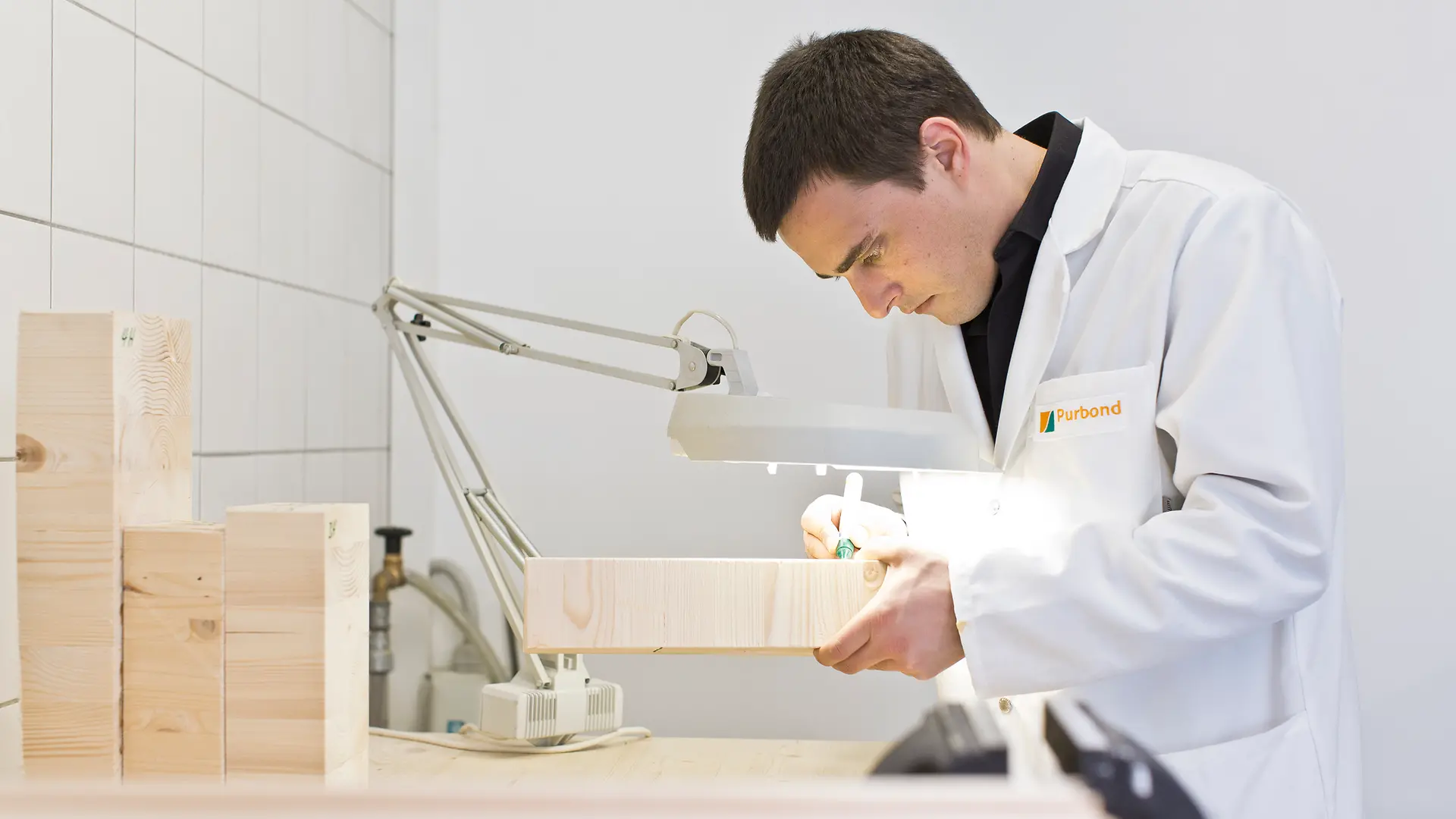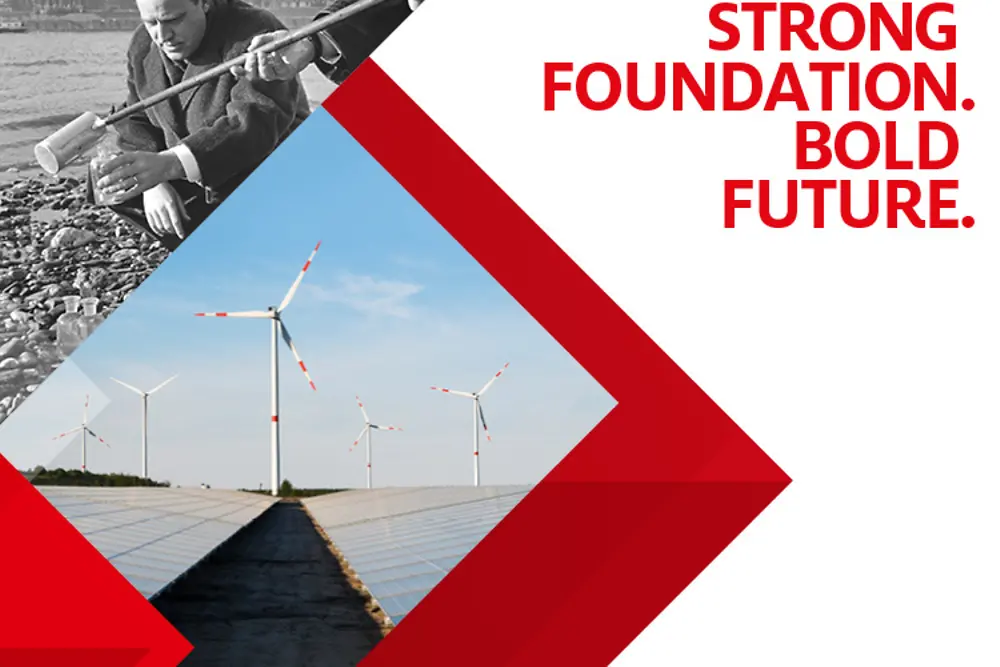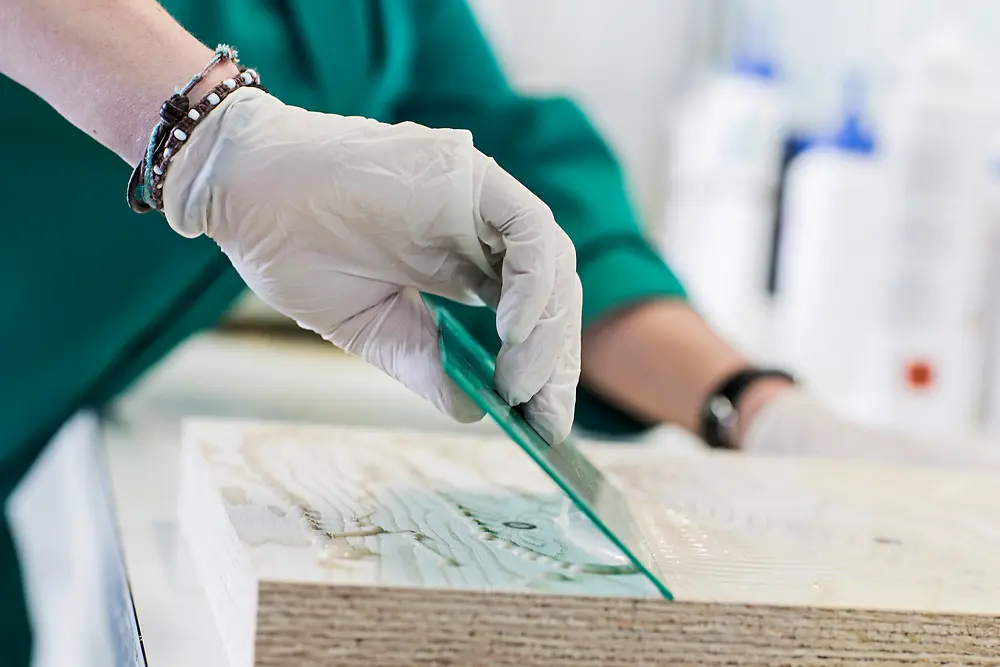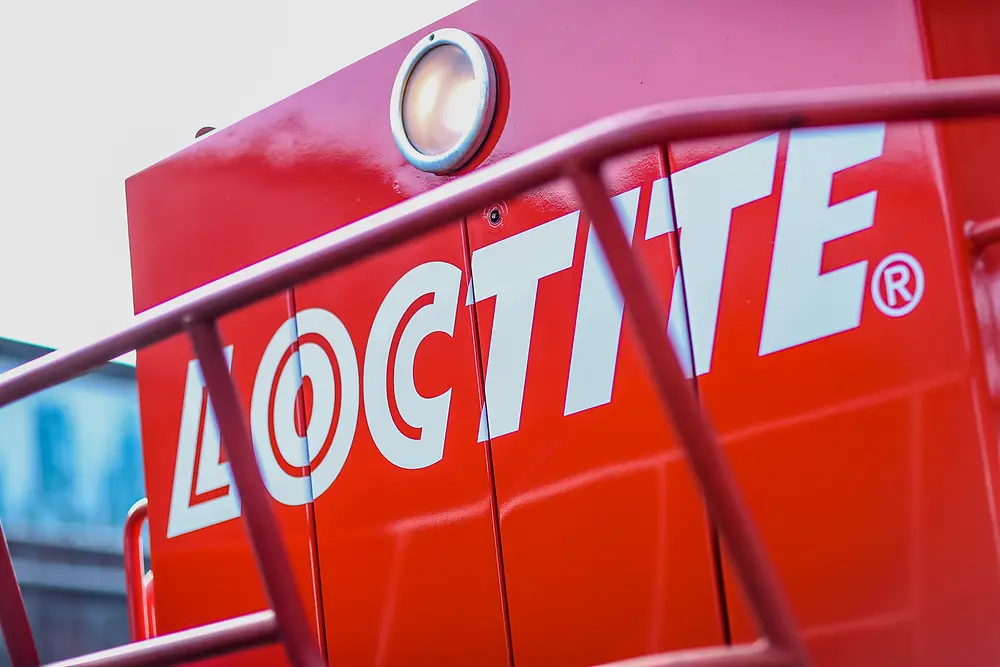Learn more about Henkel Brands & Businesses in UK & Irelands: Includes useful information about the brands, technologies and latest innovations in our business areas: Henkel Adhesive Technologies and Henkel Consumer Brands.
How Adhesive Technologies and mass timber contribute to a greener future

This article was originally published on Henkel Spotlight North America.
“Are we selling adhesives, or are we changing the world?”
That’s the first question Chris Whelan, Director, Business Development, Engineered Wood Adhesives, reflects upon when discussing the commitment of Henkel to sustainability. The Loctite adhesives are integral to green construction innovations changing the way people live and work. We have discussed some further questions with him.
What is mass timber, and how is it better for the environment than other building materials?
Mass timber is a structural load-bearing element, made from solid lumber glued to form columns, beams and large format panels. Unlike traditional materials, such as concrete or steel, mass timber is renewable – when you harvest a tree, you plant another tree. Mass timber is earthquake-resistant; it’s difficult to burn, and it sequesters carbon dioxide. Mass timber can be used to construct virtually anything, including high rises, multi-family homes, office buildings, factories and warehouses. It’s lighter than concrete or steel, so it emits less carbon in transit. There’s an emotional benefit, too: According to industry studies, people feel calmer and more productive in wooden buildings than they do in concrete or steel structures.
Conversely, concrete and steel are mined from the ground and never replaced. They require intensive energy to produce. Half of the cement used to make concrete in North America comes from offshore, and most of the steel does, too, creating additional transportation emissions.
How does Henkel contribute to mass timber’s sustainability?
Henkel supplies 90 percent of the adhesives used by the mass timber industry in North America. Loctite Purbond is the only single-component adhesive approved by ANSI (American National Standards Institute) in the USA and CSA (standard development organization) in Canada for mass timber construction in North America. It contains no solvents, creates no liquid waste and releases no toxic emissions. It is 100 percent solids and delivers twice the mileage vs. traditional adhesives, so customers only need to purchase and ship half as much. It cures at room temperature, without requiring additional energy to adhere. Loctite Purbond foams during curing which helps to reduce air leakage in the finished elements, so buildings are more efficient to heat and cool.
Where is mass timber construction being used right now?
Mass timber construction is already being used across North America. In 2017, the University of British Columbia in Vancouver, Canada, completed a 19-story student housing building made from cross-laminated mass timber and Henkel adhesives. In addition, Walmart recently announced a partnership with mass timber producer Structurlam to build a mass timber factory and construct its new headquarters campus in Arkansas, where employees will live and work. The entire campus will be mass timber construction, with Henkel supplying 100 percent of the adhesives. This project will help drive greater adoption of sustainable timber construction. A recent study, The Marshall Effect, concluded that if mass timber construction continues to grow as it has, the building industry can expect a negative carbon dioxide impact by 2034 – with mass timber projects offsetting concrete and steel.
What does it mean to be ambassadors of sustainability?
Henkel is committed to supporting the construction industry’s ecologically sustainable innovations. Every day, we’re helping create net-zero carbon dioxide buildings. We’re at the forefront of green construction that is better for the planet. We’re creating adhesives that help change the world.














